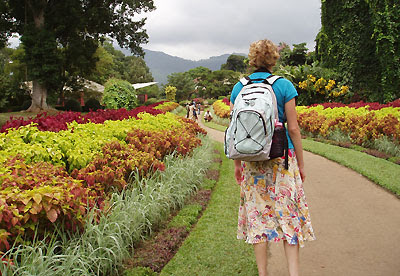A magnificent hotel located on the hills of Kandy with a panoramic view of blue sky kissing lush green mountains.
Leisure facilities include swimming, Tennis, Indoor Games, a Kiddies' park and a Rooftop Restaurant.

Seventy-five tastefully furnished A/C rooms with piped music and hot&cold running water, out of which forty of them are equipped with a TV, mini bar, and bath tub.
The multi-cuisine restaurant and the well-stocked inviting bar has always been the praise of the Hotel's numerous guests.
E mail: topaz@eureka.lk
Leisure facilities include swimming, Tennis, Indoor Games, a Kiddies' park and a Rooftop Restaurant.

Seventy-five tastefully furnished A/C rooms with piped music and hot&cold running water, out of which forty of them are equipped with a TV, mini bar, and bath tub.
The multi-cuisine restaurant and the well-stocked inviting bar has always been the praise of the Hotel's numerous guests.
E mail: topaz@eureka.lk
























